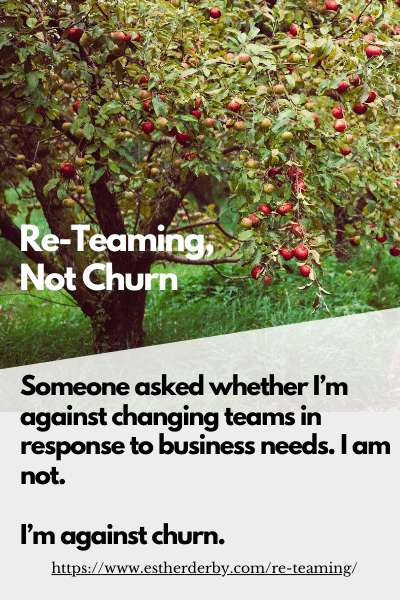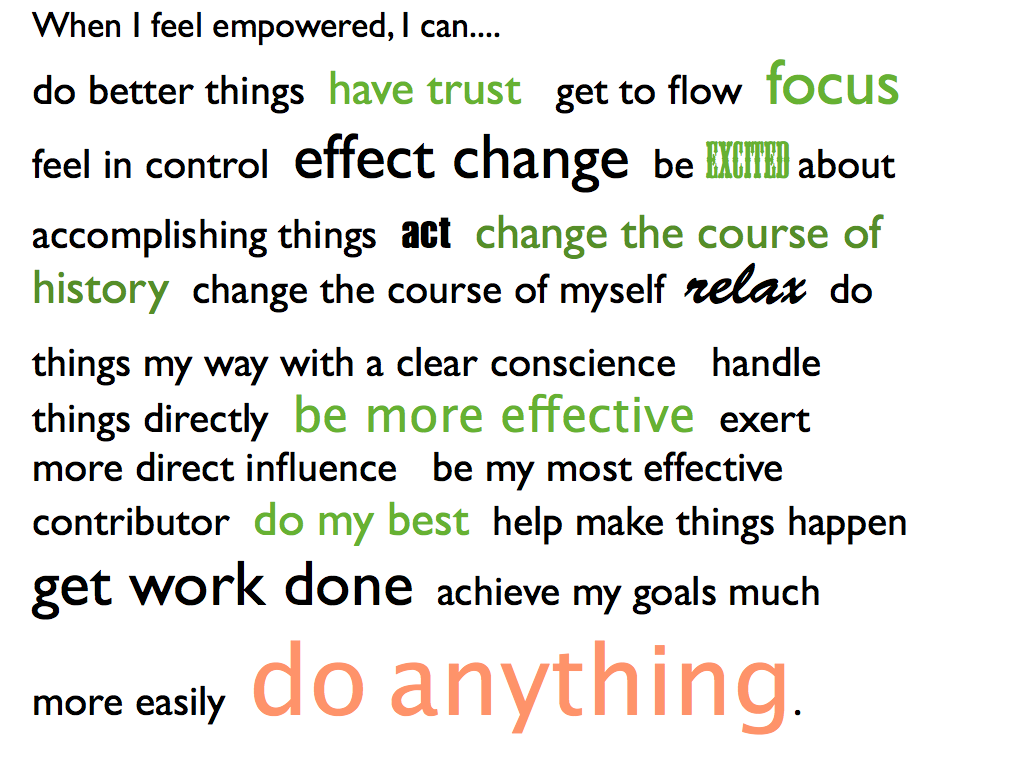People come up with all sorts of ideas and potential changes in retrospectives–usually more than the team can digest in one retrospective or, for changes, more than they can do in the next iteration. I often use dot voting to help the team prioritize and choose what to work on.
Usually, I give every one x number of dots (I use a highly unscientific algorithm to determine the number of dots each person receives), then ask people to vote on which they believe will make the biggest difference to the team.
Last week I tried a variation on dot voting after the team had come up with a long list of issue to analyze (it was a release retrospective, so they were looking at a few months of work).
Rather than use one color as I usually do, I used this scheme:
First round: Each person had 4 green dots to mark the issues that would make the biggest difference on the next release.
Second round: Each person had 4 orange dots to mark the issues where the people in the room had influence or control.
Third round: Each person had 4 yellow dots where to mark where he or she personally had interest and energy to work on an issue.
At the end it was clear that there were issues that would make a big difference, but no on had energy to work on them. And it was clear where people felt they could actually make a difference.
(Since this was a release retrospective, many of the issues crossed organizational boundaries and couldn’t be solved within the team.)
Faced with a long list of issues, three-color dot voting worked to winnow the list down to a manageable number of items for the team to tackle.








0 Comments
Trackbacks/Pingbacks